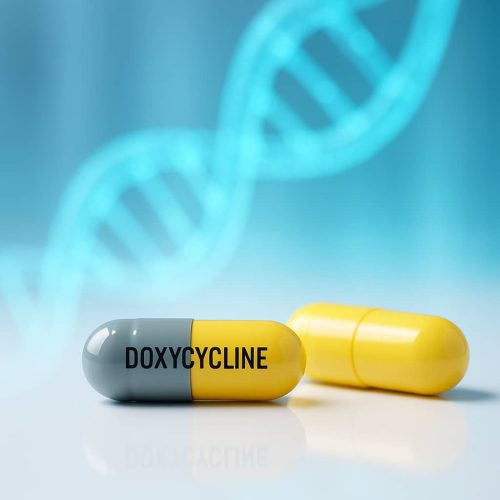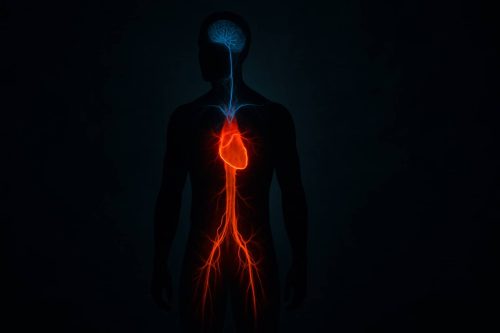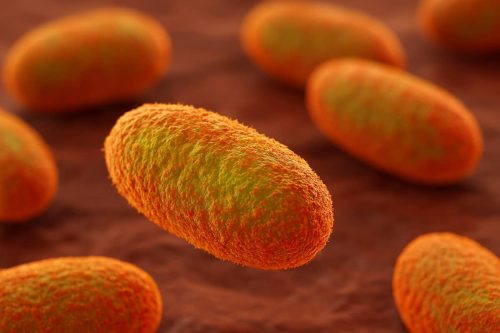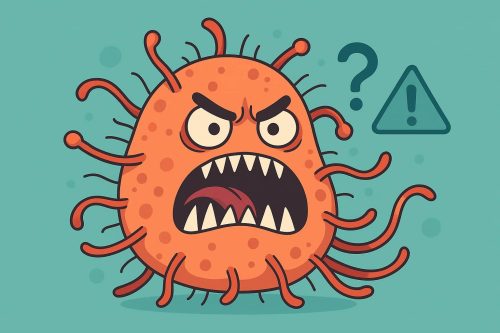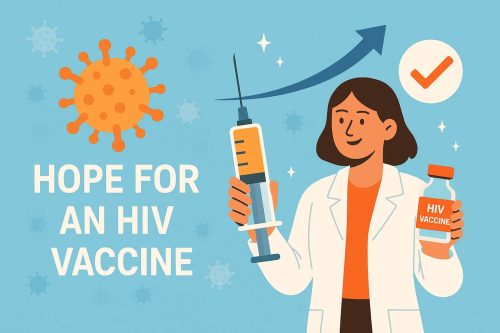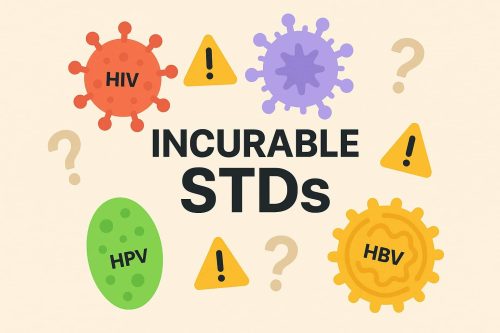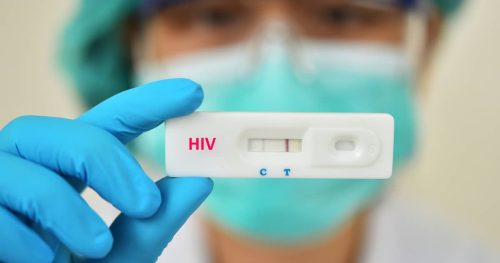Doxy-PEP is a promising new tool using doxycycline after sex to prevent bacterial STIs like syphilis and chlamydia. This guide explores its effectiveness, risks like antibiotic resistance, and its role alongside condoms and HIV PrEP.
Continue readingPost Category → #ShimClinic
What Your Erection Says About Your Heart: Understanding the Link in Singaporean Men
In Singapore, erectile dysfunction affects over half of men aged 30 and above. It is often an early symptom of underlying cardiovascular issues. Seeking professional help for ED isn’t just about improving your sex life, it’s a step toward safeguarding your heart. Addressing lifestyle factors and getting screened can lead to better long-term health and improved intimacy
Continue readingMycoplasma Genitalium Is the Most Overlooked STI. Here’s Why That Matters
Mycoplasma genitalium is a common but often undetected STI. It causes few symptoms, spreads quietly, and is growing resistant to antibiotics. This article explains why MG is so often missed, how it compares to other infections, and what to do if you think you might have it.
Continue reading“Flesh-Eating STD”: What That Really Means
There’s no such thing as a “flesh-eating STD,” but some infections like donovanosis, Fournier’s gangrene, and necrotizing fasciitis can affect the genitals and destroy tissue. This article breaks down what’s real, what’s not, and what to do if you spot symptoms.
Continue readingDid Vikings Carry an HIV-Resistant Gene?
A rare gene mutation known as CCR5-Δ32 may protect against HIV. Scientists have traced its roots to ancient humans near the Black Sea, with later links to Viking DNA. This article explains how a 9,000-year-old genetic trait is still shaping HIV research and future treatment strategies.
Continue readingHIV Vaccine Trials Achieve Key Step Toward Broadly Neutralizing Antibodies
Two global trials led by IAVI and Scripps Research have shown that stepwise vaccines can activate rare immune cells that may lead to HIV immunity. These findings mark the first human proof-of-concept for a vaccine path toward broadly neutralizing antibodies — a long-standing goal in HIV prevention science.
Continue readingIncurable STDs: What You Need to Know About Lifelong Infections
Not all STDs go away with antibiotics. Some, like HIV, herpes, HPV, and hepatitis B, stay with you for life. This guide explains which STDs are incurable, how they’re managed, and what steps you can take to stay healthy and informed.
Continue readingSTD Symptoms We Should Never Ignore
Ignoring STD symptoms can lead to serious complications. Key signs include painful urination, unusual discharge, genital sores, persistent itching, and unexplained pain. Early testing and diagnosis can prevent severe outcomes like infertility and organ damage. If symptoms occur, seek medical advice promptly for effective treatment and peace of mind.
Continue readingUndetectable HIV Viral Load: Important Things to Know
HIV was once a fatal condition. Nowadays, with the invention of antiretroviral therapy (ART), HIV is a manageable chronic condition which is not different from diabetes. Taking antiretroviral drugs as directed will result in undetectable HIV viral load which also means that there is no risk for the virus to be passed on to sexual partners. In this article, we delve deeper into the way ART works, what viral suppression is, and what happens if a person stops treatment or frequently misses doses.
Continue readingUnderstanding False-Positive and False-Negative HIV Test Results
Although HIV tests are highly accurate nowadays, in rare cases, false-negative and false-positive results can still take place. False-negative results refer to an HIV-positive person being diagnosed as not having HIV while false-positive results state that an HIV-negative person has HIV. In this article, we will take a closer look at how these mistakes can happen and how accurate HIV tests are depending on the types.
Continue reading
